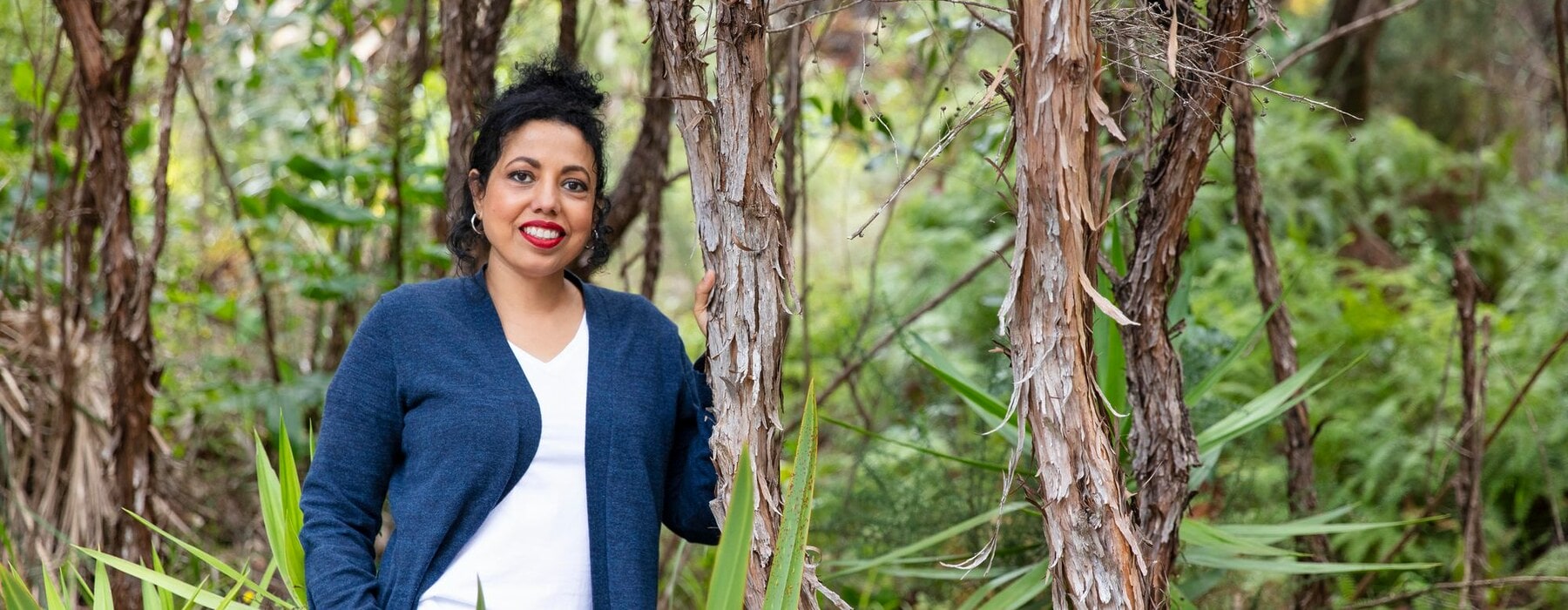Once unappreciated, the mānuka tree is now widely known as a source of countless health benefits. Expert Dr Suki Harding talks to Donna Fleming about the nifty native plant.
Dr Suki Harding has always had a thing about mānuka trees. Yes, the humble mānuka, with its sharp-tipped leaves and white flowers, that has for years been considered a weed by many people, burned, poisoned or pulled out to make way for pasture for livestock or more popular plants.
When Suki bought a bush-clad section in West Auckland over 20 years ago, she made sure to keep as many of the native shrubs as she could when space was cleared to build a house.
“I just like them,” she says. “I like the white flowers, I like the smell of the leaves. I never understood why people got rid of them.”
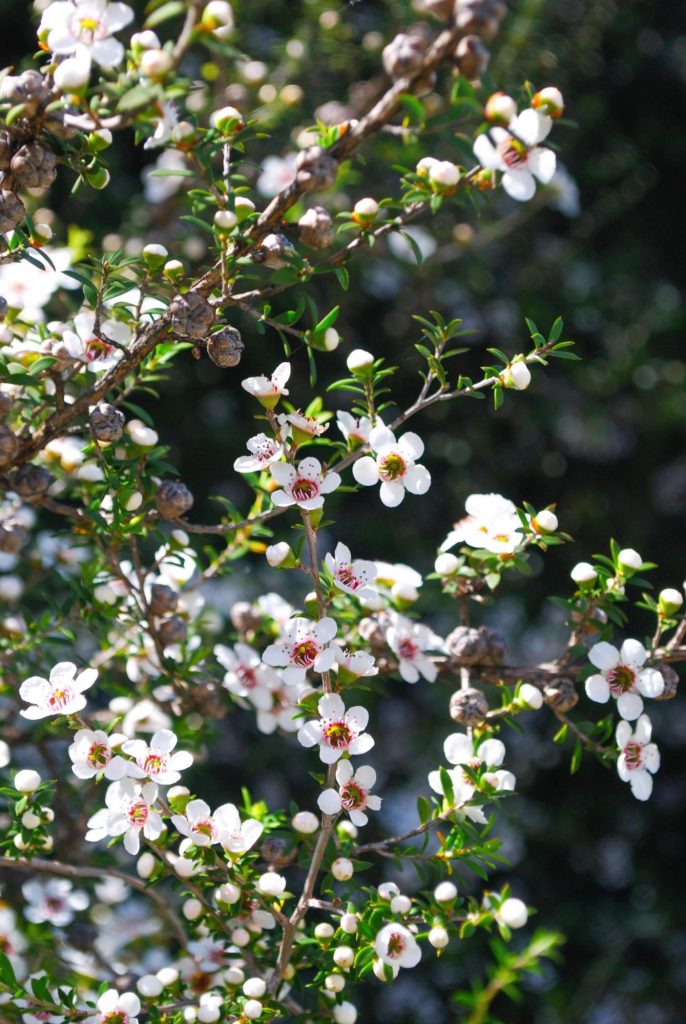
She couldn’t have known then that her fondness for mānuka trees would one day become a passion, thanks to the fact that they produce an oil with astonishing properties. A former research scientist at what was then the DSIR (Department of Scientific and Industrial Research), who then went on to have an extensive career in international business and technology commercialisation, Suki was tapped in 2019 to become a director and head of research and development at Manuka Bioscience, a Kiwi company that turns oil extracted from mānuka leaves into a range of skincare products.
Not only is she enthusiastic about mānuka oil’s use in skincare products like skin oil and face cream, but she’s positively fizzing with excitement over studies that show it can work against some potentially dangerous bacteria – including some that can’t be killed by antibiotics.
“We have something that is unique to New Zealand – in fact, to the East Cape – and cannot be found anywhere else in the world,” says Suki, who was formerly New Zealand Trade Commissioner in Indonesia and Taiwan. “It is a natural product that’s extremely effective in treating a range of infections that can be very serious – life-threatening in some cases. It really is a big deal and it’s in our backyard.”
We have something that is unique to New Zealand – in fact, to the East Cape – and cannot be found anywhere else in the world
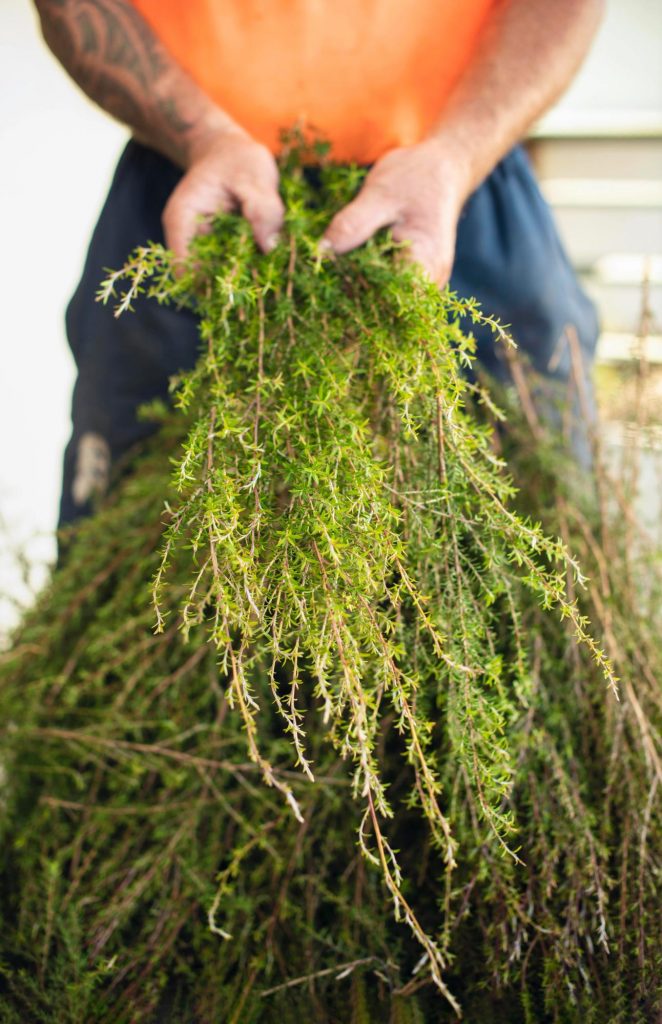
PHOTO BY LUKE HARVEY
Mention mānuka, and most people automatically think of mānuka honey, which has won acclaim for its wound-healing abilities. It’s now used around the world to help fight infections and has become a huge export industry for New Zealand.
“But what if I were to tell you that East Cape mānuka oil is 1000 times more effective than mānuka honey when it comes to bacteria that cause common skin infections?” Suki says, her enthusiasm bubbling over. “The potential is huge!”
Mānuka honey is made by bees from the nectar of the mānuka flower, whereas mānuka oil is extracted from the leaves using a steam distillation process. While Māori have long known about the special properties of the native plant, it’s only in the last 20 to 30 years that the true extent of the punch packed by the oil has become more widely recognised.
Māori have long known about the special properties of the native plant
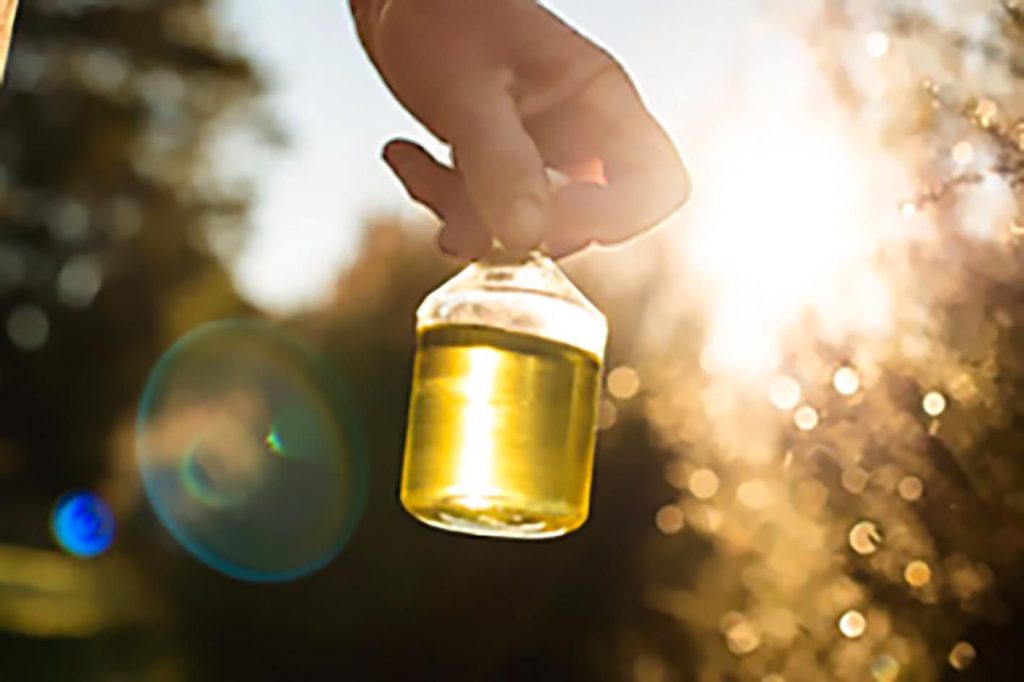
Studies have shown that mānuka oil is antibacterial, antifungal and antiviral, which means it can stop the growth and kill harmful microbes like bacteria, fungi and viruses.
It is not only effective against the bacteria that causes acne, but also the nasty bug Staphylococcus aureus, which can lead to common skin infections like impetigo (school sores), boils, cellulitis and surgical wound infections.
One of the most exciting things about mānuka oil is that it’s a force to be reckoned with when it comes to the incredibly dangerous, antibiotic-resistant “superbug” MRSA (methicillin-resistant Staphylococcus aureus).
“MRSA is dreadful,” says Suki. “People often pick it up in hospital and it causes very serious infections, especially in surgical wounds. It can kill people. It is resistant to antibiotics, but mānuka oil can be highly effective in killing it.
“Microbes becoming resistant to medicines is a huge worldwide problem thanks to the overprescription and incorrect use of medication like antibiotics, so we need new antimicrobial treatments. Essential oils have a major role to play in this space and when it comes to essential oils, mānuka oil is literally the bee’s knees.”
Mānuka oil can also inhibit the growth of fungi that cause a range of unpleasant conditions like athlete’s foot, nappy rash and thrush. Plus, it can deal to viruses like the herpes simplex virus that causes cold sores, and treat inflammatory skin conditions like eczema and psoriasis.
Meanwhile, a 2013 study showed that mānuka oil can suppress the development of wrinkles caused by exposure to the sun – another reason why it’s added to skincare products. And, not only does it kill or reduce bacterial or fungal growth and reduce inflammation, but it also contains compounds that calm the skin, allowing for faster healing and less scarring.

Ironically, the thing that makes East Cape mānuka oil so special is actually due to a phenomenon that causes us lots of concern – the hole in the ozone layer over New Zealand.
We have some of the highest levels of ultraviolet (UV) light in the world thanks to that hole. Suki explains that, over the years, our indigenous plants have adapted to protect themselves against UV rays by producing chemicals that basically act as sunscreen.
These chemicals, called triketones, don’t just stop UV light from damaging plants, they also have those powerhouse antibacterial, antiviral, antifungal and anti-inflammatory properties.
“The only place in the world where you get mānuka plants that are very high in triketones is East Cape, and that’s because of the high levels of sunshine there,” points out Suki. “Mānuka trees in the Marlborough Sounds are also quite high in triketones but not as high as the East Cape trees. And tests show that mānuka growing in other places, like eastern Australia, have no triketones.”
That’s great news for the East Cape, where mānuka plantations are now springing up to allow for the sustainable harvesting of the mānuka leaf for oil.
“It’s wonderful for the economy of the region because people are getting jobs in the mānuka industry, either with honey or oil,” Suki says. “And what it could be worth for New Zealand in terms of exports is significant – hundreds of millions of dollars.”
The process used to harvest the oil is carefully managed to make sure native forests aren’t harmed, Suki adds. Plus, mānuka scrub is great for controlling erosion, making steep slopes more stable, and it improves the quality of stream water by acting as a filter for surface water run-off.
And to think that early settlers waged a war against this “weed”, battling to get rid of the trees so they could turn land to pasture.
“Now that land is going back to mānuka in some places, because its valuable properties are becoming much better known,” says Suki. “A lot of people still don’t like it, which is such a shame, but hopefully they will come to appreciate mānuka when they realise what the oil from it can do.”
Research carried out in New Zealand and overseas over the past 20-plus years has shown just what mānuka oil is capable of, and now Manuka Bioscience is gathering independent data on its mānuka oil-based formulations and doing its own clinical trials.
“Did I mention how excited I am about everything happening with mānuka oil?” Suki smiles. “With a scientific background myself, I have seen the evidence and it tells us that this stuff works. I believe everything has a season, and I think mānuka oil’s time is now.”
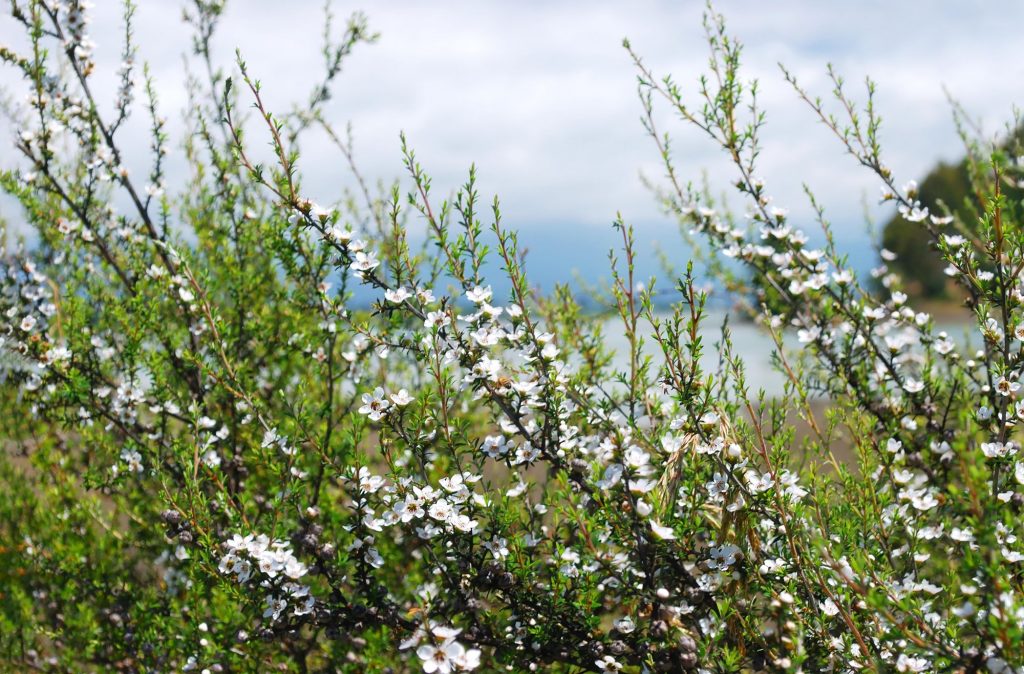
Did you know?
New Zealand mānuka – Leptospermum scoparium, to give it its fancy name – belongs to the myrtle family, along with an Australian native called Leptospermum laevigatum. When Captain James Cook discovered Australia, he made an anti-scurvy tea for his crew from the shrub there, which he called the Australian tea tree.
Then, when he found New Zealand, he created a similar tea from two plants here – mānuka and kānuka – and called them both New Zealand tea tree.
“While the Australian and the New Zealand versions look similar, the oil they produce has completely different chemical profiles,” says Suki. “Mānuka oil is 20 to 30 times more effective than Australian tea tree oil, and we have our ozone layer hole to thank for that.”

